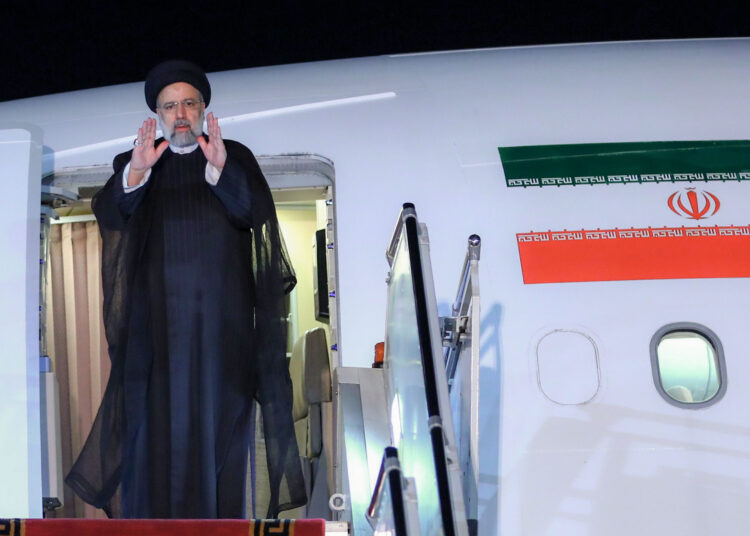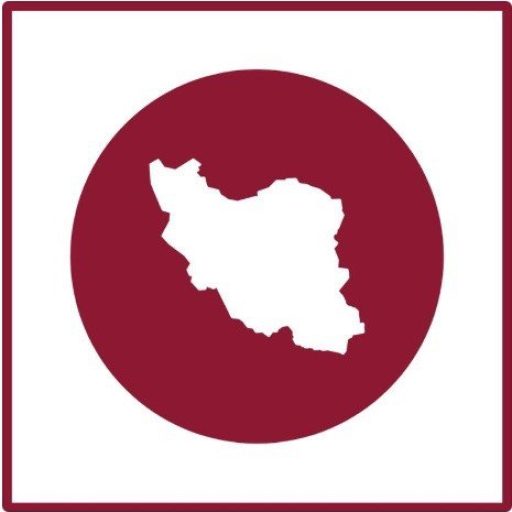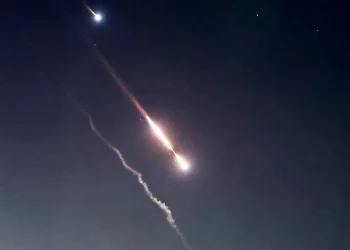Ebrahim Raisi, the President of Iran, embarked on his African journey from Tehran just after Tuesday midnight, a trip that is expected to span until the twilight of Thursday. Significantly, this marks the first visit of an Iranian president to the African continent in a period exceeding 11 years. The presidents of Kenya, Uganda, and Zimbabwe extended formal invitations to President Raisi, ushering him onto this landmark tour. Concurrently, as the global gaze is intensifying towards Africa and a new geopolitical chess game is unfolding in this region, Iran’s engagement strategy vis-à-vis Africa is evolving dynamically. A key objective nestled within Iran’s policy is consolidating relations and fostering cooperation with African nations, particularly focusing on economic aspects. As well as interacting with officials from host countries, Raisi’s itinerary includes meetings with business industry leaders and influencers.
Iran and host countries: the nature of relations
Kenya, an East African nation that claims the 47th spot in terms of global size, boasts a coastline along the Indian Ocean and harbors the African headquarters of the United Nations. The origins of the relationship between Iran and Kenya can be traced back to 1971, enduring a brief cessation in 1977, and recommencing five years later in 1982. The visit by the then Iranian president Mahmoud Ahmadinejad to Kenya in 2009 precipitated an amplification in the intensity of the relations between these two countries. This became manifest with an increase in Iran’s oil exports to Kenya and the foundation of a direct flight route linking Tehran and Nairobi. The subsequent noteworthy journey occurred in February 2013 when Mohammad Javad Zarif, Iran’s former foreign minister, traveled to Nairobi leading an economic delegation. Across recent years, mutual exchanges at diplomatic levels such as ministerial, vice-presidential, and parliamentary characterize the relationship between the two nations. Nonetheless, the current volume of economic relations between Iran and Kenya registers below 50 million dollars. From March to November 2022, the imports from Kenya amounted to 12.6 million dollars, while Iran’s exports to Kenya reached 38.3 million dollars.
Our sights shift to Uganda, nestled in East Africa and drawing interest from extra-regional actors due to its vast, valuable natural reserves. As Iran heightens its efforts to enhance economic rapport with Africa, Uganda emerges as one of the six countries the Islamic Republic has pinpointed as targets. The bilateral ties between Iran and Uganda were established in 1975, and attempts towards strengthening it have been pursued by previous administrations. This includes the visit made by Mahmoud Ahmadinejad to Uganda in 2009. Moreover, Uganda is a member of the Common Market for Eastern and Southern Africa (COMESA), projected to metamorphose into one of the most lucrative African markets by 2025, housing approximately 600 million consumers. The absence of adequate infrastructure for trade engagement between the two countries has, however, resulted in a diminutive trade volume.
Zimbabwe, a landlocked Southern African nation, has a longstanding diplomatic history with the Islamic Republic of Iran, tracing its roots back to Zimbabwe’s declaration of independence in 1980. The previous leader of Zimbabwe, Robert Mugabe, was a frequent visitor to Iran and held close ties with Akbar Hashemi Rafsanjani, the former President of Iran. This relationship endured during the tenure of the reformist administration. Mugabe also shared warm bonds with Mahmoud Ahmadinejad. Under Ahmadinejad’s administration, the Law of Mutual Investment Encouragement and Support Agreement was ratified between Iran and Zimbabwe. Mugabe also graced the inauguration ceremony of former President Hassan Rouhani with his presence and engaged in bilateral meetings. In parallel with the ninth round of the Cooperation Commission meeting between the two nations in January 2023, the Cooperative Document was endorsed between the Iranian Trade Development Organization and Zimbabwe Trade Trustee (ZIM TRADE). Notwithstanding, the figures indicating trade value between these nations remain remarkably low.
Iran’s objectives in Africa
Due to a mix of political and cultural implications, the African continent invariably features prominently in the foreign policy agenda of the Islamic Republic of Iran. Interestingly, the economic facet of this continent now ranks as a priority for Iran. Witnessing this shift, Tehran played host to the debut Economic Cooperation Summit with West African countries on March 15, where critical deliberations took place. The attention was notably on the requirements of West African markets and Iran’s potential to satisfy these needs. To address the hurdles faced in sectors such as transportation, banking, international insurance, commerce, customs, investments, and contracting, solutions were put forth. As it stands, the West African region contributes to 40% of Iran’s trade with the African continent. The year 2022 saw Iran’s non-oil export sector amass revenues worth 1.2 billion dollars from its trade with Africa. South Africa, Mozambique, Ghana, Sudan, Nigeria, Kenya, and Ivory Coast emerged as the top Iranian export destinations in Africa. However, some analysts argue the apparent dearth of information regarding mutually beneficial trading opportunities between Iran and Africa serves as a significant impediment to expanding trade relations.
Africa’s Great Game
The African continent, with its 54 countries, has the distinction of being the world’s second-largest on the dimensions of size and population. With an escalating population growth rate, rich reserves of natural resources, and sizeable economic and business prospects, Africa is the nexus of global rivalry. Over recent years, significant global entities such as the European Union, the United States, and China have been energetically striving to establish political, economic, and security links in Africa. Projections foresee intensified competition among these major world powers in the upcoming years, with each of them spurred by a cocktail of political, economic, and military incentives. Africa plays an integral part in China’s Belt and Road initiative while the US’s recently formulated Africa-centric policy underscores escalated economic investments. Russia, too, has its sights set on expanding its imprint across Africa. The demographic expansion of Africa significantly magnifies its consumer market, with this continent contributing to approximately 17% of the global population today. The population growth rate in Africa outstrips the worldwide average by more than double, and its population is anticipated to double by 2050, eventually tipping the scale at 2.5 billion people.






